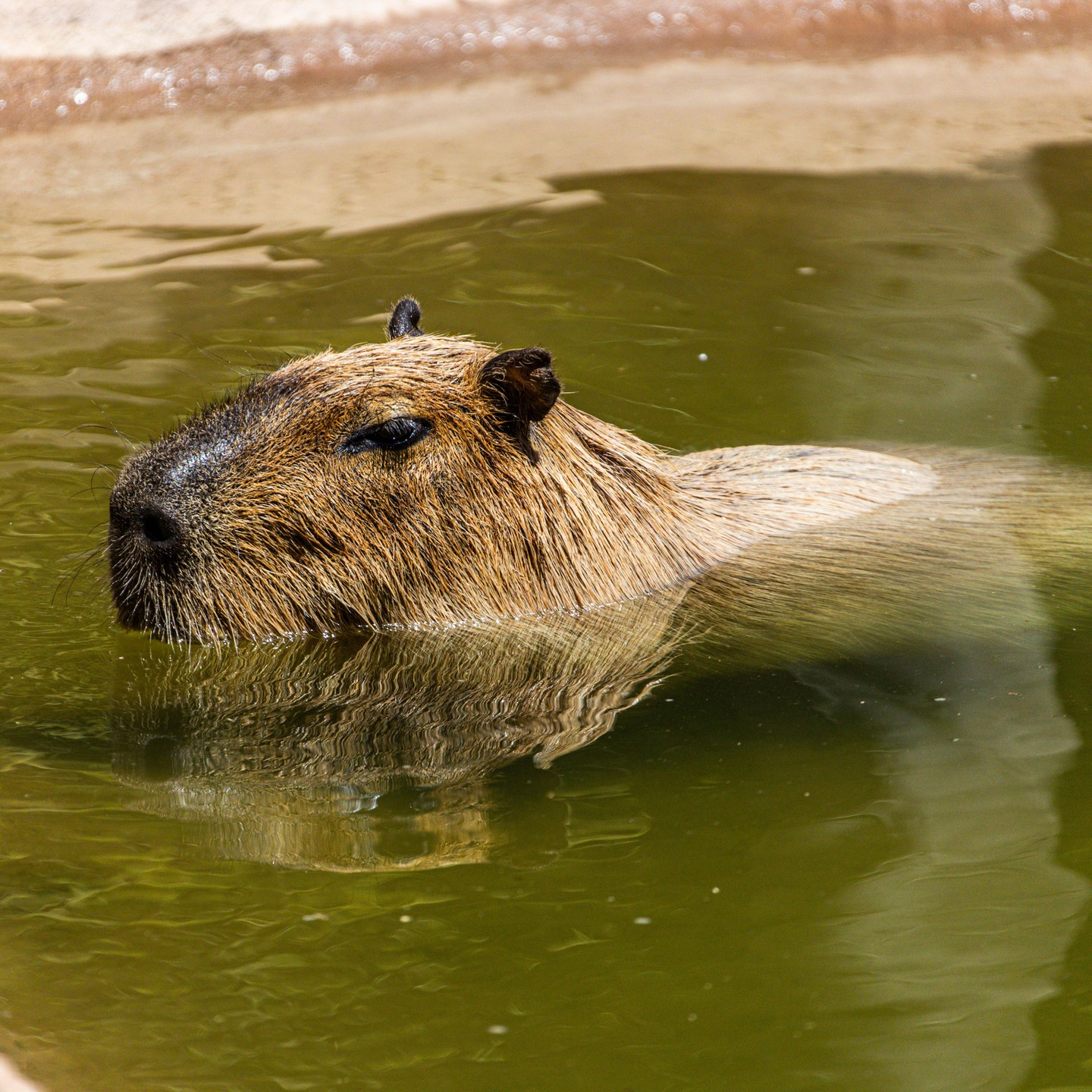- Capybara Water Affinity: Understanding Poppy’s natural instincts and survival strategies.
- The Role of Aquatic Habitats in Capybara Health and Diet.
- Behavioral Studies and Adaptations of Capybaras in Captivity.
- The Importance of Environmental Enrichment at Zoos for Capybaras.
- Conservation Efforts and the Role of Zoos in Protecting Capybara Populations.
Capybaras are fascinating creatures, known for their strong affinity for water. Poppy, a capybara residing in a zoo and an avid fan of cold plunges, exemplifies her species’ reliance on aquatic environments. These remarkable animals, often referred to as the largest rodents in the world, display unique behaviors and adaptations that are intricately tied to their watery habitats.
In the wild, water is essential for the survival of capybaras. They live in large social groups near bodies of water such as rivers, lakes, and wetlands across South America. Water serves multiple purposes for capybaras, beyond just quenching their thirst. It is a vital component of their survival strategy, offering refuge from predators, cooling during hot weather, and a rich feeding ground for their vegetarian diet. Capybaras consume various aquatic plants, which are crucial for their nutritional needs. The fibrous content of these plants helps wear down their continuously growing teeth, a common trait among other rodent species.
Capybaras are also excellent swimmers. Their partially webbed feet make them adept at navigating water. This skill is not merely for leisure, as they often dive into the water to escape predators. When submerged, they can hold their breath for up to five minutes, allowing them to stay hidden until danger passes. This aquatic fluency is a vital survival mechanism in the wild.
Poppy’s fondness for cold plunges is not just an adorable zoo attraction but an important element of her health and well-being. Behavioral studies of capybaras in captivity have revealed that access to large water bodies is significantly linked to their stress levels. Environments that replicate their natural habitats enable them to exhibit behaviors characteristic of their wild counterparts. Such conditions contribute to the overall health and longevity of capybaras in zoos.
Furthermore, creating environments that mimic natural habitats through environmental enrichment is a critical aspect of zoo management. For capybaras, this includes providing ample water for swimming and adequate space for roaming and socializing. Enrichment activities, like cold plunges, are designed to encourage natural behaviors, providing both mental and physical stimulation. This approach not only enhances the quality of life for animals like Poppy but also educates the public on the importance of habitat conservation and animal welfare.
Zoos play a critical role in conservation efforts for capybaras and other wildlife. They offer a safe haven for species, especially those threatened by habitat loss and hunting in the wild. By maintaining a healthy captive population and breeding programs, zoos contribute to preserving genetic diversity. Public education programs further emphasize the importance of protecting natural habitats and species, fostering an appreciation for wildlife conservation.
Capybaras like Poppy are ambassadors for their species, helping people understand the intricate relationships between animals and their environments. The emphasis on creating enriching habitats and promoting conservation is crucial in ensuring these remarkable creatures continue to thrive, both in captivity and in the wild.
*****
Source Description
Poppy the capybara, for one, is not leaving cold plunges in 2024! 🏝️🏊
Capybaras love the water and depend on it in many ways. In the wild, they eat aquatic vegetation as part of their regular diet. They also use the water to escape predators and can even hold their breath underwater for as long as 5 minutes at a time while hiding!
Alt-text: Poppy the capybara lies calmly in the shallow end of her pool at the Zoo. Her coarse fur glistens as sunlight warms the top of her head.


